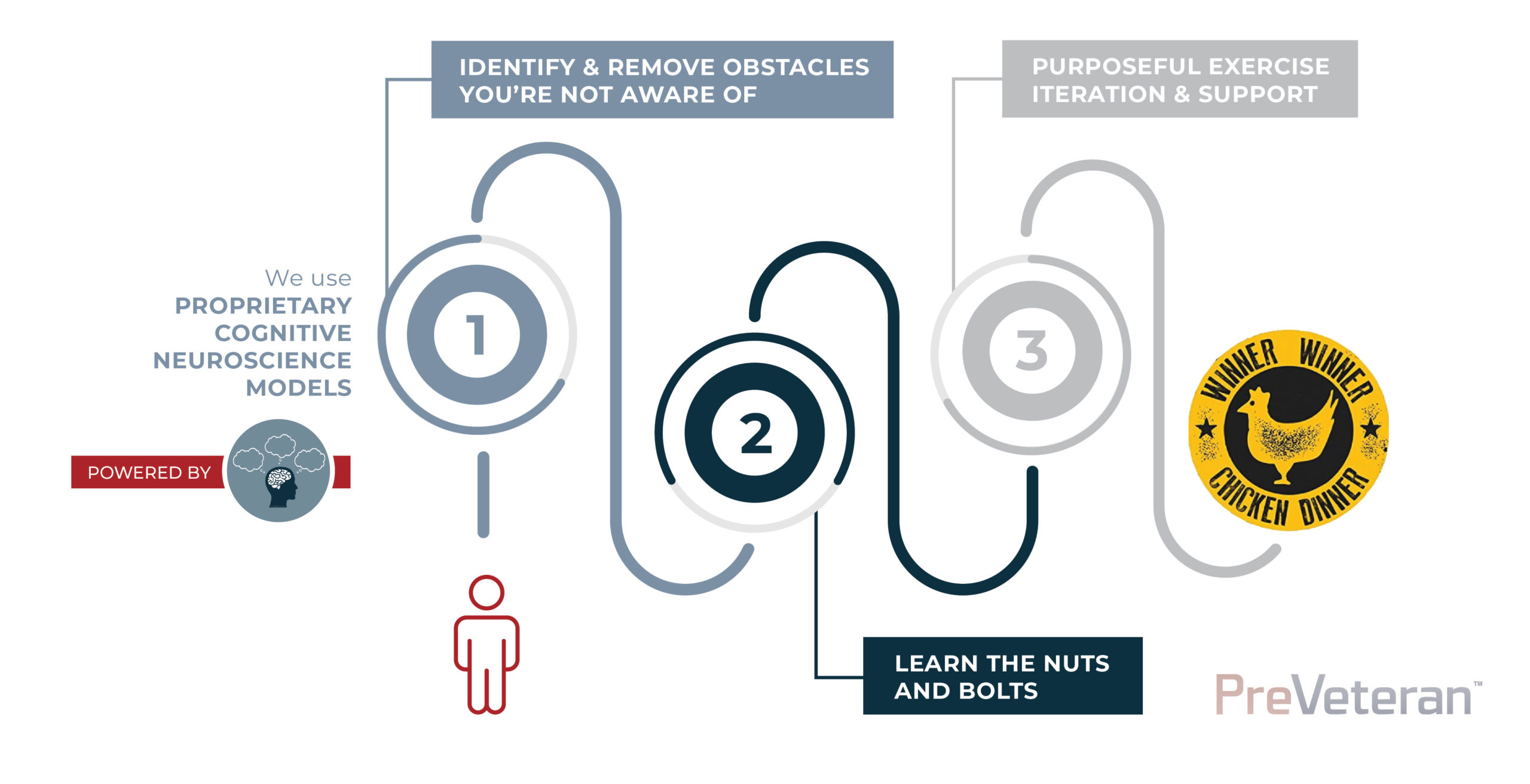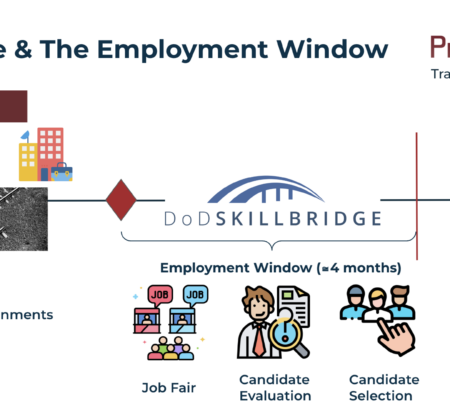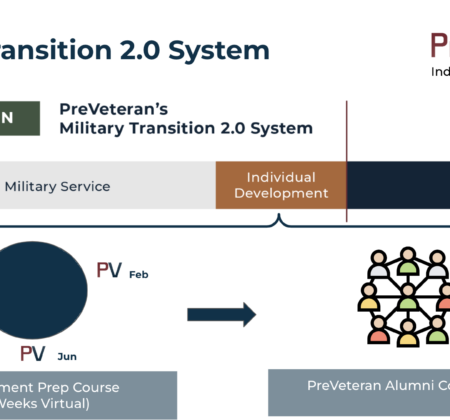This may sound obvious, but don’t you want to get your military transition right on the first try? The last thing you want to do is get it wrong—or less than ideal—and put yourself back in the pressure cooker less than a year post-military. Right?
This article explains how the current military transition program (TAP) has not been helpful to transitioning military members. It keeps the conversation at the most basic, first-order level when we need to be talking about the significant second- and third-order effects that are not part of the current TAP conversation.
Background
We won’t belabor the point because we’ve covered this in other articles, but the existing transition program is too generalized and does not provide enough individual specificity to help you create your unique transition.
As a result, if you look at the employment data of transitioning military, the story is not great. Here are some of the highlights.
- High Unemployment—As we discussed in our earlier “Elephant in the Room” article, three different studies spanning 1991-2020 indicate significantly higher unemployment for transitioning military members as compared to the general public.
- Poor Retention—50% of you who do get a job will leave it within a year and be back to square one in less than a year.
With these very stark stats, it’s no surprise that the transition space spends nearly all of its time in figuring out how to get transitioning military members employed.
The problem of playing this same broken record is that it does not allow transitioning military members to see the full scope of the challenge that lies ahead. There is actually much more at stake than they realize. Let’s go through a couple of these downstream second- and third-order effects now.
2nd and 3rd Order Effects We Don’t Talk About—But Need To
To begin this section, understand that this is not an exhaustive list. This discussion is meant to give you a flavor of what I’m talking about.
We mentioned one of the more obvious second-order effects at the top of the article. If you are gearing up for your military transition now, you’re already likely feeling the stress that comes along with it. Here is an example: one day you are feeling confident about your approach, but the next day you feel completely ungrounded. All the while your brain continues flooding your mind with new ideas. Should I do something completely different? Do I need to get another degree? Do I need to get my PMP? It’s madness but your brain keeps feeding you these ideas; it’s how the brain works when it lacks direction and focus.
The last thing you need is to fail to prepare properly and land back in the hopper in less than a year. But in the current model, we never talk about getting it right—we talk about it more as an event, not the transformation that it really is.
An example of a third-order effect is a salary anchor. For those of you who do land a job, particularly in a medium-to-large-size company, do you know that your initial salary follows you around the company? You may not know this but in the private sector, you cannot tell someone what your salary is—nor can you ask someone else what their salary is. It is a fireable offense because the reality is this: each and every individual is on a different part of the salary band, for different reasons. How much discontent would it cause if you knew that another person at your level was getting paid $30k more than you for doing the same job?
Another third-order effect not discussed is how spinning your wheels in military transition planning leads to significant physical and mental stress. Examples include marital stress because the military member doesn’t want to admit to their spouse or partner that they can’t see a clear path forward for how to get out successfully and provide for the family. The stress of having always provided for the family but not knowing how to do so post-military will really take a toll on your health. This individual stress leads to marital and family stress because a constantly “on” active mind trying to solve your transition challenge leads to a chronic stress response that impacts sleep, thinking, and outward behaviors.
Get it Right the First Time with Our PreVeteran Courses
Which brings us back to the topic of this article and something we really want to stress—it’s important to get your transition right the first time. Otherwise, you’ll be back where you are now—in the hot seat six to twelve months after you separate or retire. To avoid that outcome and the associated stress that comes along with it, we recommend you find a program that helps you make an individual self-transformation.
If this resonates with you, consider our simple 3-step PreVeteran transition model. It’s the centerpiece of our ecosystem and built into all of our courses.

Step 1 uses our proprietary model based on cognitive neuroscience principles to help you identify and remove the unproductive messaging occurring in your head when it comes to planning for transition. Those thoughts are your biggest obstacles to your transition planning.
With those internal obstacles identified and mitigated, in step 2 we provide you with practical knowledge so you can become better aligned with the private sector’s needs and wants before you take off the uniform.
And finally in step 3, we have an iterative process that promotes more productive and complete thinking iterations that’ll set you up for success before you leave the military.
Planning on employment post-military and don’t know where to start? We’ve got you covered.
To join our next class, visit our “courses” page and sign up or join the waitlist.


